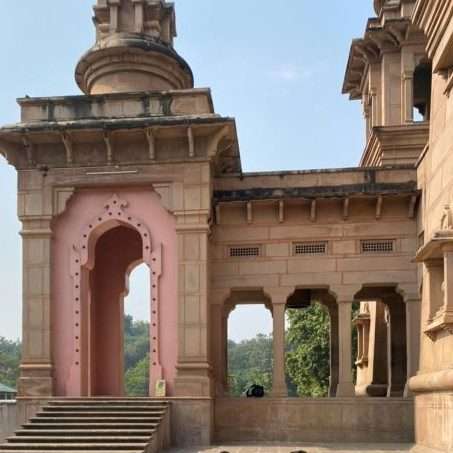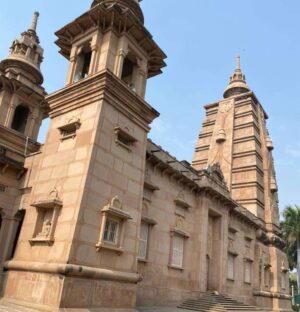Located on the outskirts of Varanasi, Sarnath is a holy and sacred pilgrimage destination for Buddhists and Jains. The name “Sarnath” is derived from “Saranganath” meaning “Lord of the Deers”. The place was also called “Isipatana”, where holy men or Gods fell on Earth and “Mrigadava” meaning deer park.

Sarnath Travel Guide
- Sarnath includes a wide range of temples and sights which are not available at a single location.
- One has to circumambulate the whole site in order to visit each and every temple/sights.
- It’s better to visit in groups cause it would cost lower and then auto/e-rickshaw can be booked easily.
- In summer’s it’s too hot in Varanasi region and on Sarnath trip one has to walk a good distance so it won’t be wise to visit this place in peek summer.
- Bring your own vehicle if possible.
Varanasi to Sarnath

Sarnath being located on the outer of Varanasi so mostly people start their trip from Varanasi. One can reserve auto or Cab from any location in Varanasi.
Varanasi to Sarnath Auto Fare
250-350rs depending upon the origin location one chooses in Varanasi.
Budget Option to visit from Varanasi
Take Auto/E-Rickshaw for Varanasi Railway Station and walk towards the Bus Stand and you will get Bus as well as Auto for your trip. Bus happens to be more pocket friendly.
One of the best destination for winter
Norther region of India(not far north) experiences warm summers so even the beautiful locations are less preferred as summer destinations. Once the summer is over monsoon brings rain and then these destinations becomes perfect for a visit.
Best time to visit Sarnath
It’s better to start your trip in the morning as visiting each and every temple/sight in would consume at least 5-6 hours.
History of Sarnath
Sarnath is the place where Lord Buddha first gave his sermon “Dhamma”. This is the place where the Buddhist Sangha came into existence. It is one of the four pilgrimage sites for Budhhists. There are many Budhhist Stupas, monuments, viharas and temples which were mostly ruined by the Turks.
The place was in it’s highest glory until the Turk invasion in the 12th century which left the place almost in ruins. The priceless materials that we find today were excavated by two British Colonels in 1815 and 1834; which are now kept secured by the Archaeological Survey of India.
